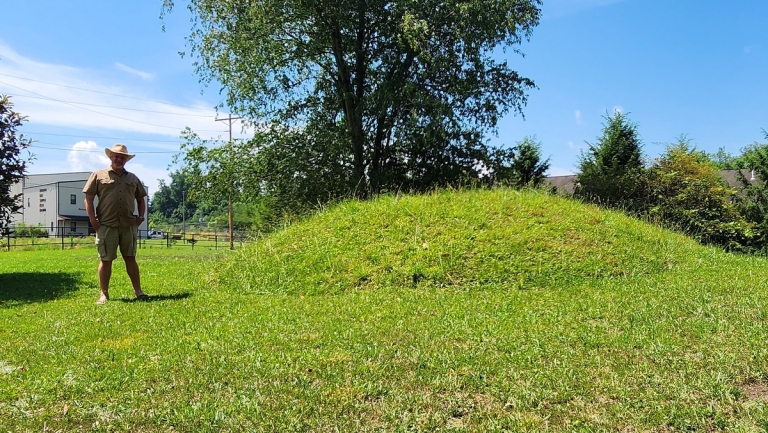
SOUTH CHARLESTON, W.Va. — The Kanawha Valley in western West Virginia once had the highest concentration of burial mounds in North America, though most were destroyed.
More than 400 mounds had been recorded in West Virginia, and their presence was once so extensive that explorers couldn't believe they were of Native American origin, according to archaeologist Darla Spencer, author of "Woodland Mounds of West Virginia."
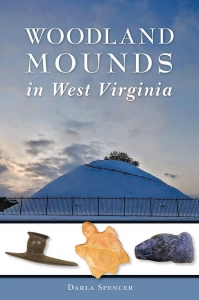
Spencer said scholars long ago proved that indigenous peoples had raised the mounds while working to oppose a popular myth that an "ancient white race" had built them. During the nineteenth century, there was widespread belief in North America of a prehistoric lost race.
"Early Europeans coming to the Ohio Valley, including West Virginia, thought the mounds must have been built by some earlier race of people and not the ancestors of living Native Americans," Spencer said.
To determine whose hands had raised them, the Division of Mound Exploration of the Smithsonian Institution’s Bureau of Ethnology performed its first systematic exploration in the valley in the 1880s.
"The conclusion was that the ancestors of Native Americans had built the mounds," says Spencer, though non-archaeologists occasionally propose stories of non-American, supernatural, or even extra-planetary origins.
Spencer said that she'd confronted legends that a race of giants above seven feet tall built the mounds. In 2014, an internet story that claimed that the Smithsonian Institution had custody of giant skeletons began circulating.
Spencer also said no precious stones or metals have ever been found in mounds in North America, though what has been found indicates the builders were by no means isolated.
"Exotic copper and marine shell items in the mounds indicate a network of trading connecting the region with the Gulf and Atlantic coasts and the Great Lakes region," she said.
Though raised as monuments, most mounds were destroyed to make room for agricultural, residential, commercial, and industrial development.

A professor of Native American studies at West Virginia University, Spencer examined the Grave Creek Mound at Moundsville, West Virginia, and sixteen other mounds and mound groups of mounds in West Virginia in "Woodland Mounds in West Virginia."
Spencer, who was known for her pioneering books on the prehistory of West Virginia, died in 2022.
Her earlier book on Native American culture, "Early Native Americans in West Virginia: The Fort Ancient Culture," was published by The History Press in 2016.
"Woodland Mounds in West Virginia" is published by Arcadia Publishing Co., a leading publisher of books of local history and local interest in the U.S.

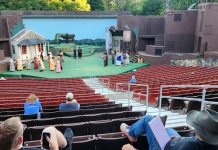
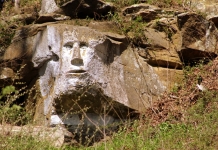


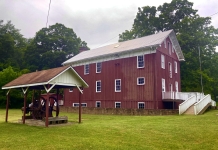
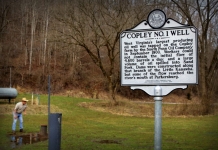
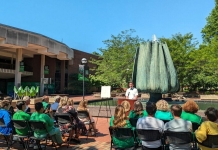
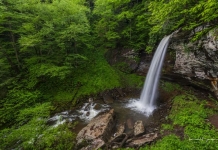

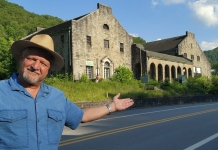


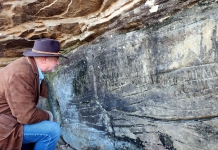
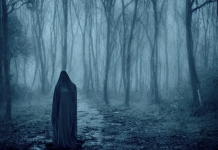
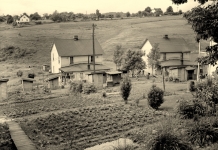
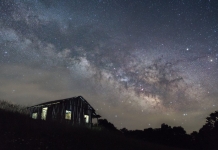





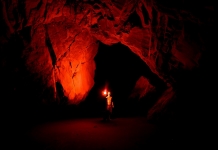
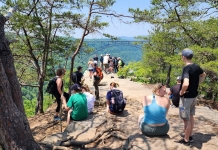





Facebook Comments